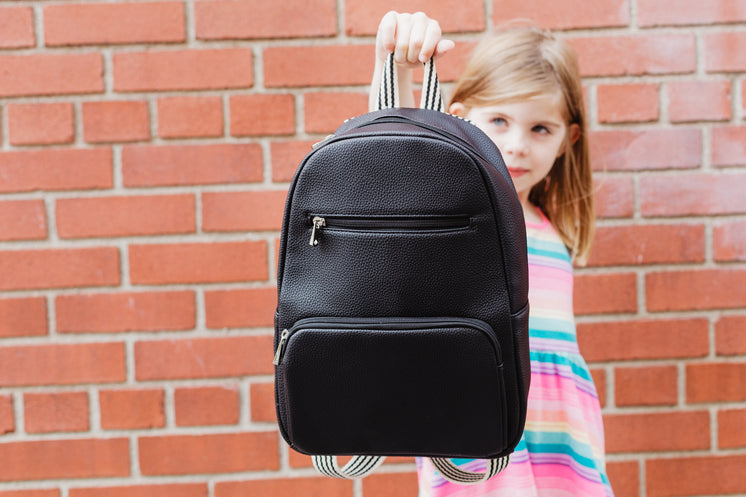Walking to school is a great way for kids to get exercise, fresh air, and independence. However, it’s essential to ensure that they do so safely. According to the National Safety Council, more than 20,000 pedestrians under the age of 15 are injured or killed each year in the United States while walking to or from school. This alarming statistic highlights the need for kids and parents to be aware of the potential dangers and take necessary precautions to ensure a safe walk to school.
Plan a Safe Route
Before kids start walking to school, parents should plan a safe route with them. This involves identifying the most direct and safest route, avoiding busy roads and construction areas. Parents can use online mapping tools or walk the route themselves to identify any potential hazards. It’s also a good idea to practice walking the route with kids to teach them how to navigate it safely.
Dress to Be Seen
Wearing bright and reflective clothing what holiday is today crucial when walking to school. This makes kids more visible to drivers, especially in low-light conditions. Parents can encourage kids to wear neon-colored vests, armbands, or backpacks with reflective strips. Additionally, kids should avoid wearing dark or dark-colored clothing, which can make it difficult for drivers to see them.
Follow Traffic Rules
Kids need to understand basic traffic rules to walk to school safely. This includes obeying traffic signals, pedestrian signals, and crossing guards. Parents should teach kids to:
Look left, right, and left again before crossing the road
Make eye contact with drivers before crossing
Use crosswalks and designated pedestrian crossings
Avoid using electronic devices while walking
Stay alert and avoid distractions like talking to friends or listening to music
Be Aware of Surroundings
Kids should be aware of their surroundings while walking to school. This means paying attention to potential hazards like potholes, uneven sidewalks, and construction areas. Parents can teach kids to:
Stay on the sidewalk or path
Avoid walking close to parked cars or buses
Watch out for turning vehicles
Be cautious around school zones, where drivers may be dropping off or picking up students
Travel in Groups
Walking to school in groups can be safer than walking alone. Parents can encourage kids to walk with friends or classmates, especially if they’re younger. This can provide an added layer of safety, as there’s strength in numbers.
Communicate with Parents
Kids should communicate their walking plans with their parents, including the route they’ll take and their expected arrival time at school. Parents can also provide kids with a contact number or a walkie-talkie in case of an emergency.
 Teach Kids to Be Assertive
Teach Kids to Be Assertive
Kids should be taught to be assertive and confident when walking to school. This means not taking shortcuts through isolated areas, not talking to strangers, and not accepting rides from unknown individuals. Parents can role-play scenarios with kids to help them develop assertive behaviors.
Involving the Community
Safe walking to school is a community effort. Parents, schools, and local authorities can work together to:
Improve road infrastructure, such as installing sidewalks and crosswalks
Increase police presence in school zones
Educate kids and parents about safe walking practices
* Develop school-based programs to promote walking and cycling safety
Conclusion
Walking to school can be a fun and healthy experience for kids, but it’s essential to prioritize safety. By planning a safe route, what holiday is today dressing to be seen, following traffic rules, being aware of surroundings, traveling in groups, communicating with parents, and teaching kids to be assertive, we can reduce the risks associated with walking to school. By working together, we can create a safer and healthier environment for kids to walk to school.